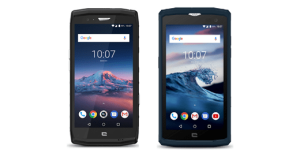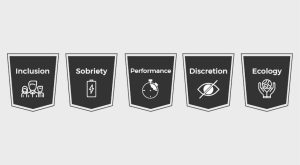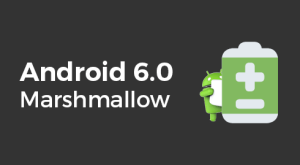
Are we really having a positive impact?
At Greenspector, our mission is to help our customers reduce the environmental impact of their digital services. We work on this every day, but is
Home » Archives for Thomas CORVAISIER

At Greenspector, our mission is to help our customers reduce the environmental impact of their digital services. We work on this every day, but is

Two new CrossCall smartphones are available on the GREENSPECTOR Power Test Cloud.

You work hard on the design, ergonomics and UI which are prerequisites to the success of your application. But that’s not enough: more than 7

GREENSPECTOR and BEWIZYU have announced an unprecedented partnership today. BEWIZYU consultants, trained to use of the GREENSPECTOR tool, are now certified to intervene with the

There was much talk before and after the Viva Technology 2018 event about the #TechForGood concept. The idea? Encourage the « tech giants » (and

There has been a lot of noise recently about Android’s newest version 8 “Oreo”. However, a lot of people out there are still using older
©Greenspector, 2010-2025. All rights reserved.